In this article, I discuss how you can use cognitive behavioural therapy (CBT) to keep your relationship strong by focusing on your thinking patterns.
In my work as a Calgary psychologist and a Cochrane psychologist, I often see clients in couples counselling whose relationships are in a bad state. These relationships are often characterized by one or both partners disliking the other—sometimes intensely.
The dislike is often associated with each partner having general negative beliefs about the other’s character. Beliefs such as “He’s insensitive” and “She doesn’t respect me” are typical of the negative beliefs which fuel dislike in such relationships.
Surprisingly, with many of these couples I discover that earlier in their relationships their feelings toward each other were completely opposite to the strong dislike they currently experience. They also typically report that their previous feelings of strong liking were accompanied by general positive beliefs about their partner such as “He was so loving” or “She was so caring”.
I had trouble making sense of this radical change which often occurs in couples’ feelings and thoughts until I read the book Love is Never Enough by Dr. Aaron Beck. In the book, Dr. Beck explains how couples’ thoughts and feelings about each other tend to shift from being strongly positive in the early stages of a relationship toward becoming negative as the relationship develops.
More importantly, Dr. Beck provides excellent advice regarding CBT skills and strategies which couples can use to prevent this shift toward the negative as a fundamental way to keep their relationships strong. In the following sections, I will discuss these insights from a CBT legend.
The early relationship phase: Overly positive views
In the early phase of a relationship, each partner tends toward having an overly positive and sometimes even idealistic view of the other. This is the result of the passion and excitement of the early days of the relationship leading each partner to focus on the positives and overlook the negatives in the other. These idealistic views are typically accompanied by blanket positive beliefs about each other’s attributes such as “He is so sensitive” and “She is so caring”.
Having this overly positive view of each other in the early part of the relationship is facilitated by interactions often occurring in romantic settings like candlelit restaurants and by the fascination both partners experience as they discover each other. At this point, there are relatively fewer opportunities for disagreements and conflicts leading to negative thoughts and feelings compared with interactions which occur after this early phase.
The second phase: Shifting away from overly positive views
The overly positive phase of the relationship necessarily subsides as the passion of the early phase decreases and there are more opportunities for both partners to notice negative behaviours displayed by the other. This leads to the idealistic view of one’s partner and their characteristics changing.
In some instances, this change entails the relationship partners being able to maintain an overall positive view of each other but one which is more realistic than the idealistic view they had at an earlier point. This realistic but still positive view may be exemplified in beliefs such as, “Although he doesn’t always put my interests ahead of his, he still behaves like he cares for me much of the time.”
Unfortunately, for many couples the idealistic, overly positive view of the early phase shifts well beyond a realistic but still positive view and toward an overly negative and pessimistic view. For example, in the early phase she viewed him as sensitive but she now views him as insensitive. He once believed she cared about him and now he believes that she does not care about him. In other words, a shift occurs from a black-and-white positive mindset toward a black-and-white negative mindset.
Once this shift has occurred, the negative views of each other’s characteristics become like theories which cannot be falsified. That is, information and behaviours which support these negative views are noticed while positive information and behaviours which cast doubt on these negative views characteristics are not noticed or are interpreted in ways which fit the negative views. This only serves to reinforce these negative ‘theories’.
By this point in the relationship, the negative beliefs about your partner’s characteristics have fueled your experience of negative emotions which prompt you to display negative behaviours toward them. This prompts negative behaviours from them which serve to reinforce further your negative views of them. Such a negative cycle often culminates in the ending of the relationship—a cycle which began early on as a result of the meaning each partner attached to their partner’s behaviours.
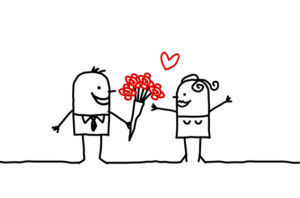 Preventing and rebounding from a shift toward overly negative views
Preventing and rebounding from a shift toward overly negative views
The secret to preventing this radical change from an overly positive view to an overly negative view is to practice balanced thinking early on in your relationship. Balanced thinking entails forming a view of your partner and how they feel about you based on all the evidence you accumulate from their words and (more importantly) their actions rather than focusing on only some of the information in order to support a negative or positive view. This ‘data driven’ mindset will help you to accurately assess your partner much more than does the ‘theory driven’ way of thinking which characterizes both the early idealistic phase and the later pessimistic phase experienced by many couples.
Using CBT skills like thought records will help you to achieve this balanced view of your partner once the passion of the early phase of the relationship subsides. This skill makes it easier for you to recognize that just because you notice that your partner sometimes displays behaviours that do not match your once-idealistic view of him or her, it does not mean that you need to adopt the diametric opposite of this idealistic view.
This balanced view of your partner’s characteristics and how they feel about you will result in you experiencing positive emotions more often than with an overly negative view. This will result in your behaving more favourably toward your partner, thereby eliciting favourable thoughts, emotions and behaviours in response from them. This positive cycle will help to keep your relationship on track and prevent the downward spiral I discussed earlier.
Please note that it is much easier to use these skills to keep your relationship from going in a negative direction than it is to use the same skills to turn around a relationship that has already ‘gone negative’ for a good length of time. Therefore, being proactive in learning and applying these skills as soon as possible is the best course of action.
Please also note that in some instances, the shift toward a negative view of your partner and how they feel about you is driven more by an accurate assessment of their words and actions than by a skewed negative interpretation driven by the tendency to engage in black-and-white thinking patterns.
In such instances, the shift toward a negative view after the early phase is warranted and may suggest that you consider ending the relationship. Evidence of abusive behaviour by one’s partner would fall into this category. Thought records will help you in this assessment of your partner and the relationship.
A psychologist who is skilled in cognitive behavioural therapy (CBT) can help you learn and practice the skills discussed in this article.
May you use improve your relationships by changing the way you think about them,
Dr. Pat

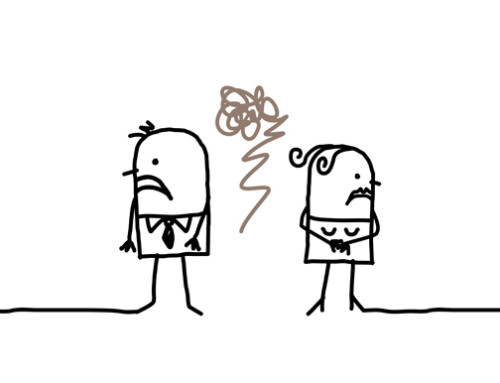

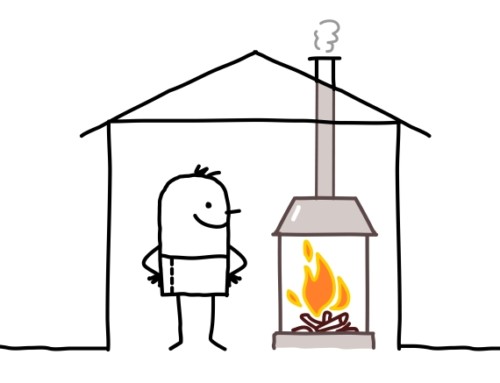
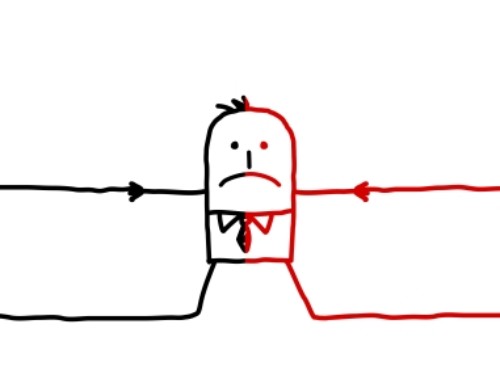
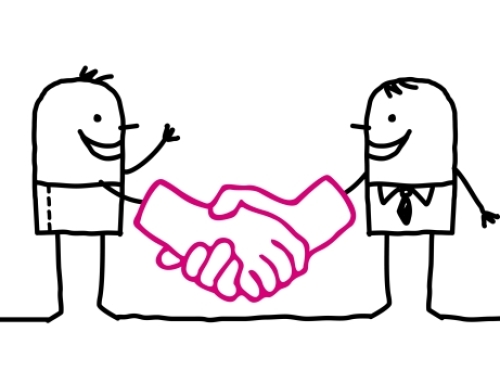
Leave A Comment